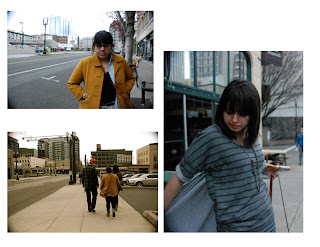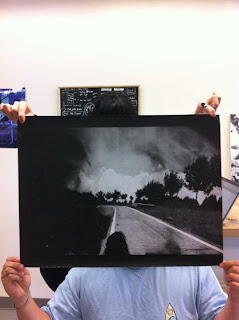Help your partner by answering the following questions in writing:
1. What is their main idea? Do you see it throughout the book?
Do you understand this idea better after looking over their book?
2. What can they do to make their idea clearer and better represented in the book?
3. How can they make it more interesting?
What is the most interesting part of their work - how can they focus more on this?
4. Do you see the structure of their archive reflected in the book?
List 2 strengths and 2 weaknesses of the following aspects of their project. BE SPECIFIC.
1. Visual hierarchy
(does the book function on both a macro and micro level,
do they need more scale changes, is the hierarchy clear)
2. Structural complexity
(does the structure reflect the archive in an interesting way, not just as a gimmick)
3. Visual consistency
(are the fonts, colors and other visual elements consistent throughout)
4. Narrative consistency
(does their story have a beginning, middle and end)
You will be graded on the quality of your feedback. One copy to me and one to your partner.






























